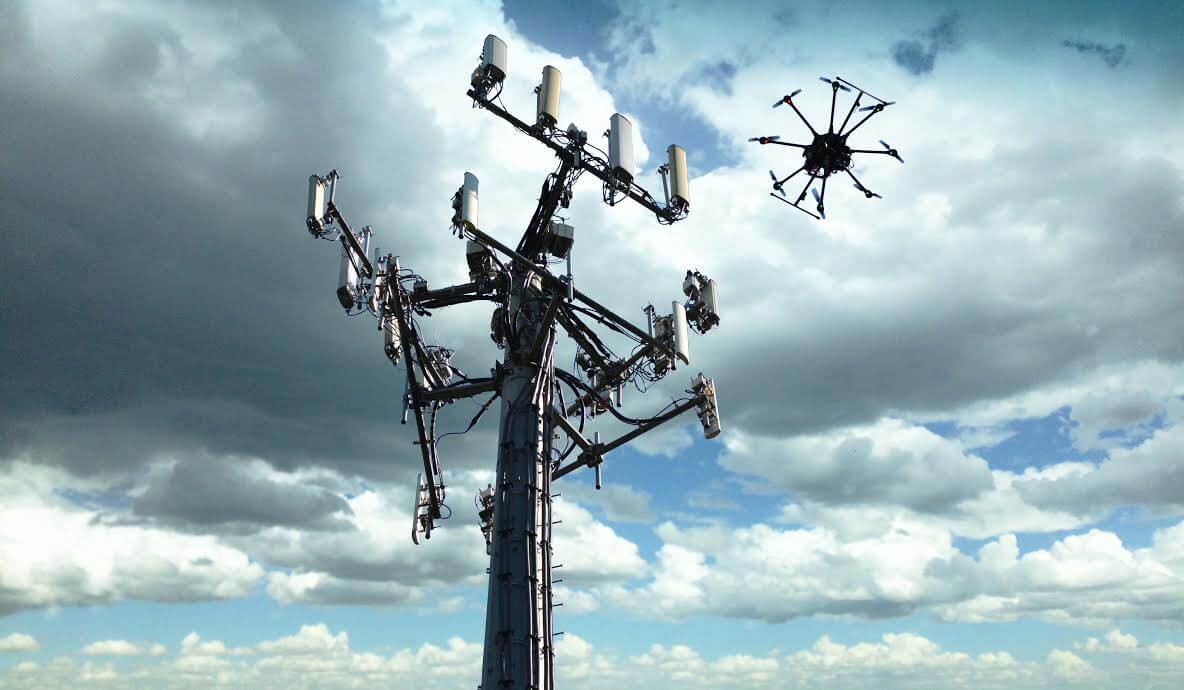Unmanned Aerial Networks
Publications
-
L. Bertizzolo, T. X. Tran, J. Buczek, B. Balasubramanian, Y. Zhou, R. Jana, and T. Melodia, "Streaming from the Air: Enabling High Data-rate 5G Cellular Links for Drone Streaming Applications," arXiv:2101.08681 [cs.NI] , 2021
-
M. Polese, L. Bertizzolo, L. Bonati, A. Gosain, and T. Melodia, "An Experimental mmWave Channel Model for UAV-to-UAV Communications," in Proc. of ACM Workshop on Millimeter-Wave Networks and Sensing Systems (mmNets), London, UK, Sep. 2020. arXiv:2007.11869 [cs.NI] [bibtex] [VIDEO] [dataset]
-
L. Bertizzolo, S. D'Oro, L. Ferranti, L. Bonati, E. Demirors, Z. Guan, T. Melodia and S. Pudlewski "SwarmControl: An Automated Distributed Control Framework for Self-Optimizing Drone Networks," in Proc. of IEEE Intl. Conference on Computer Communications (INFOCOM), Jul. 2020 (AR: 20%). [pdf] [bibtex] [VIDEO]
-
L. Bertizzolo, T. X. Tran, B. Amento, B. Balasubramanian, R. Jana, H. Purdy, Y. Zhou and T. Melodia "Live and Let Live: Flying UAVs Without Affecting Terrestrial UEs," in Proc. of ACM Intl. Workshop on Mobile Computing Systems and Applications (HotMobile), Austin, TX, Mar. 2020. [pdf] [bibtex]
-
L. Bertizzolo and S. D'Oro "Poster: A Software-defined Control Approach for Autonomous UAV Networks," in Proc. of AUVSI XPONENTIAL, Boston, MA, May 2020.
-
L. Bertizzolo, M. Polese, L. Bonati, A. Gosain, M. Zorzi and T. Melodia, "mmBAC: Location-aided mmWave Backhaul Management for UAV-based Aerial Cells," in Proc. of ACM Workshop on Millimeter-Wave Networks and Sensing Systems (mmNets), Los Cabos, Mexico, Oct. 2019. [pdf] [bibtex] [video]
-
L. Ferranti, S. D'Oro, L. Bonati, E. Demirors, F. Cuomo, T. Melodia, "HIRO-NET: Self-Organized Robotic Mesh Networking for Internet Sharing in Disaster Scenarios," in Proc. of 2019 IEEE 20th Intl. Symp. on World of Wireless, Mobile and Multimedia Networks (WoWMoM) (IEEE WoWMoM 2019), Washington DC, USA, June 2019. Best Paper Award [pdf] [bibtex]
-
F. D'Alterio, L. Ferranti, L. Bonati, F. Cuomo, and T. Melodia, "Quality Aware Aerial-to-Ground 5G Cells through Open-Source Software," in Proc. of IEEE Global Communications Conference (GLOBECOM), Waikoloa, HI, USA, Dec. 2019. [pdf][bibtex]


